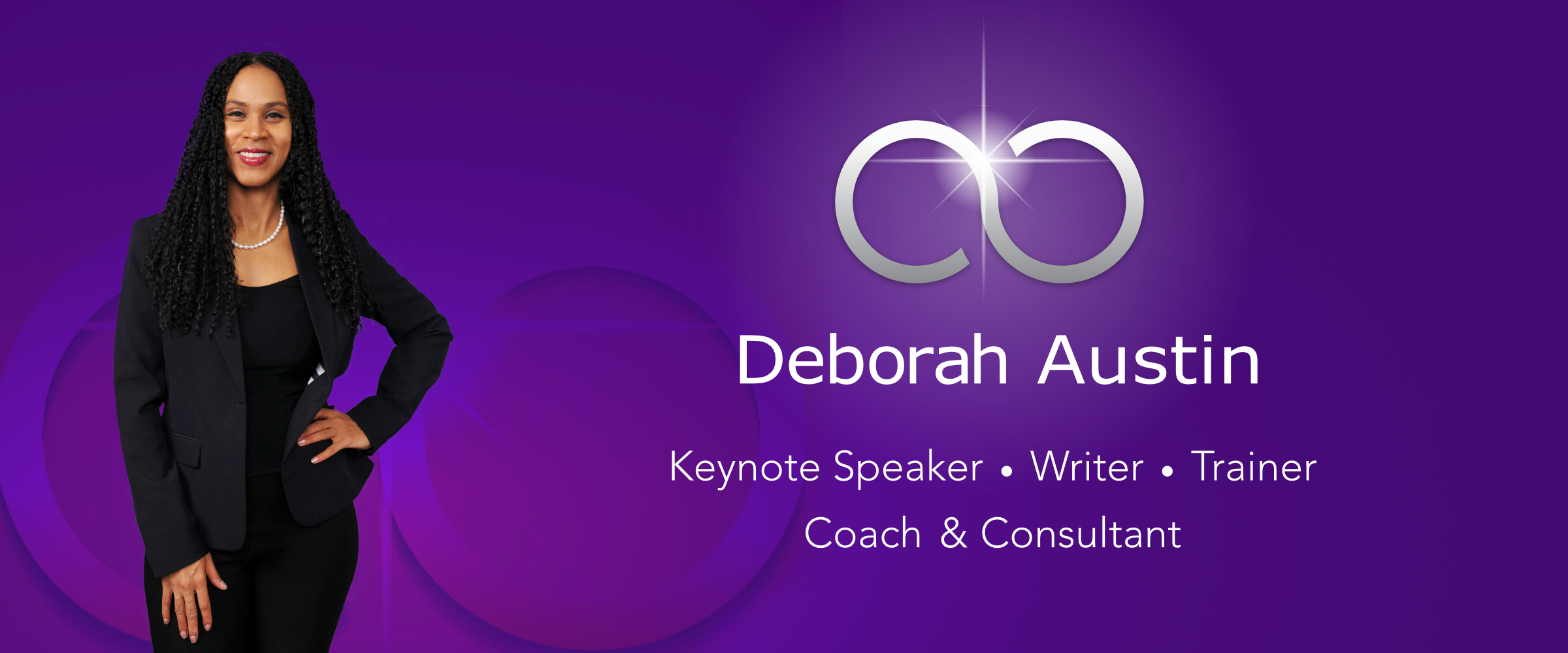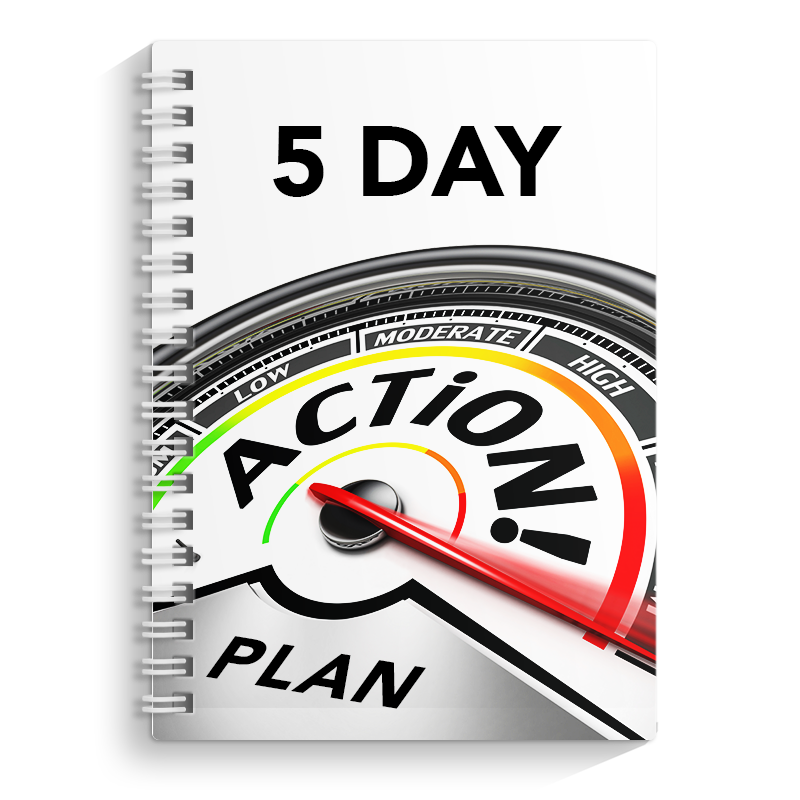As a speaker, when you have a winning attitude, it can help you to connect with your audience. Here are four components of a winning attitude that can help you to deliver a great presentation. They are:

1. Be positive. When you’re a designated speaker at a meeting or event, you are sharing your knowledge, skills and expertise with your audience. For some speakers, their thoughts are, sigh “Here we go again, ” they have a negative attitude towards public speaking and then they wonder why the audience doesn’t absorb their message. When you treat speaking before an audience like a chore, it disconnects you from your audience. Being positive is one way that you can truly connect with your audience. Audience members can sense positive energy. Life is such a gift. We have so many things to be grateful for and positive about. Some of them include: our health, family, friends, spirituality and creativity to name a few. If you are having negative feelings before you present, think of the things that you are truly grateful for in life and watch that energy spill over into your public speaking. If you want to connect with your audience, be positive.
2. Be Confident. Many of us struggle with self-confidence issues due to our upbringing. If you haven’t already, start valuing what you bring to the table. When you underestimate, discount or devalue your gifts, talents and abilities you do yourself a disservice. Being confident before an audience means that you believe in what you have to offer and it is of value to your audience. If you don’t believe in what you have to offer, how then can your audience believe in your message, your products and your services?
3. Be Bold. Have the courage to be bold! Speaking in front of an audience is a bold move since you have the courage to “put yourself out there.” When you speak in front of a group, you are in a sense subjecting yourself to other people’s judgments. In an earlier blog post, I wrote about having the audacity to be seen and heard.
http://deborahangelaustin.com/the-audacity-to-be-seen-and-heard/
People judge us based on our looks, weight, upbringing, education level, profession, and family just to name a few things! Having said that, as a speaker you can’t let people’s judgments stop you. In the majority of instances, your audience will be receptive to your message but sometimes some members of the audience won’t be receptive. Regardless, still have the courage to soldier on and proceed with delivering your message. Your message might touch someone so deeply that it changes their life!
4. Be of Service. While it is great that you are positive, confident, and bold when you present coming from the mindset of being of service to your audience is important. Being of service means that you really want to add value to your audience members’ lives through the information that you present. If you come from this mindset, it will help you to build rapport and connect with your audience. This is the most important aspect of a winning attitude because you care about the topic you are speaking about and you want your audience to benefit from the information.
As a speaker when you practice being positive, confident, bold and most importantly being of service your winning attitude will shine through to your audience.
If you received value from this post, please comment and share.







